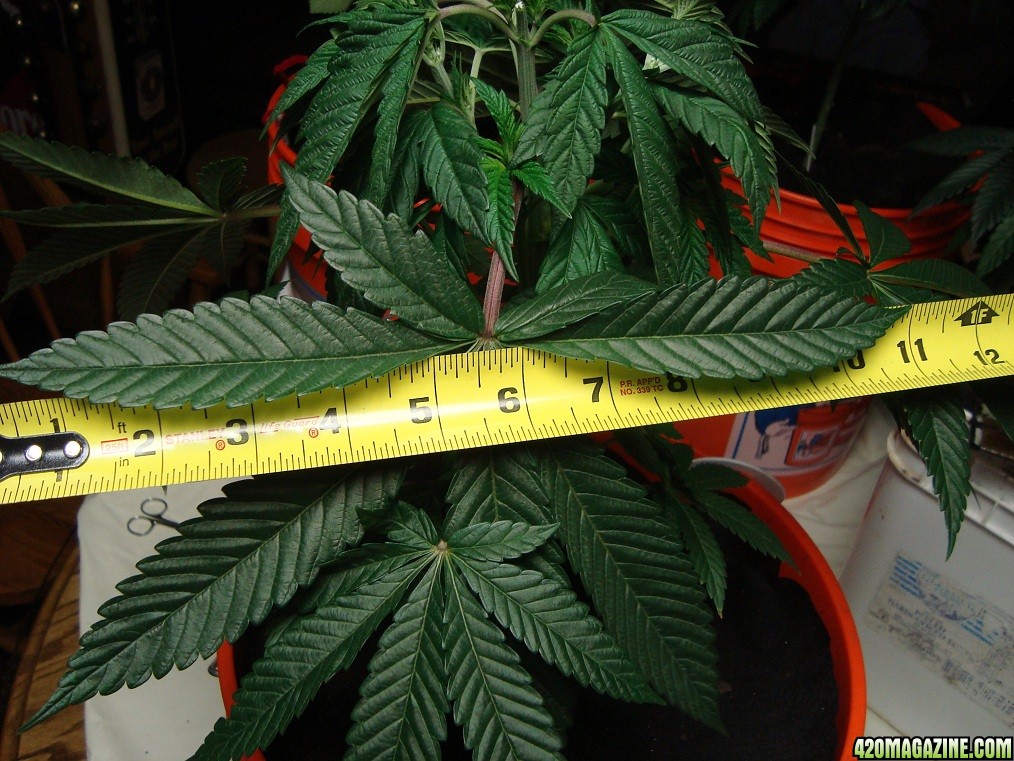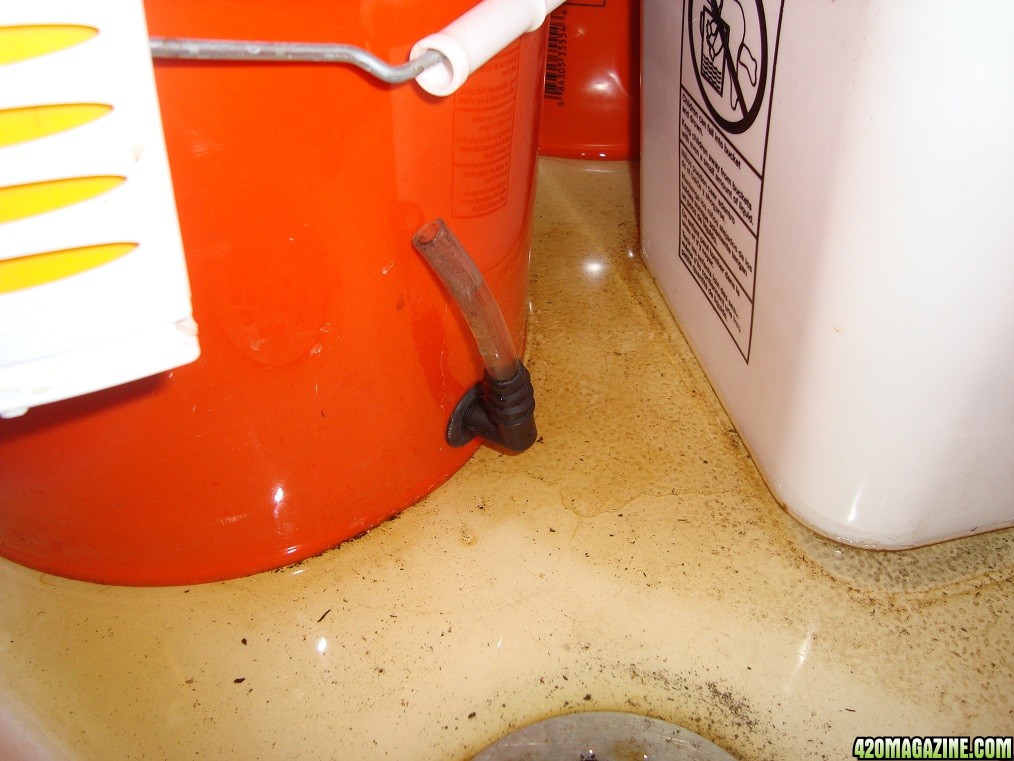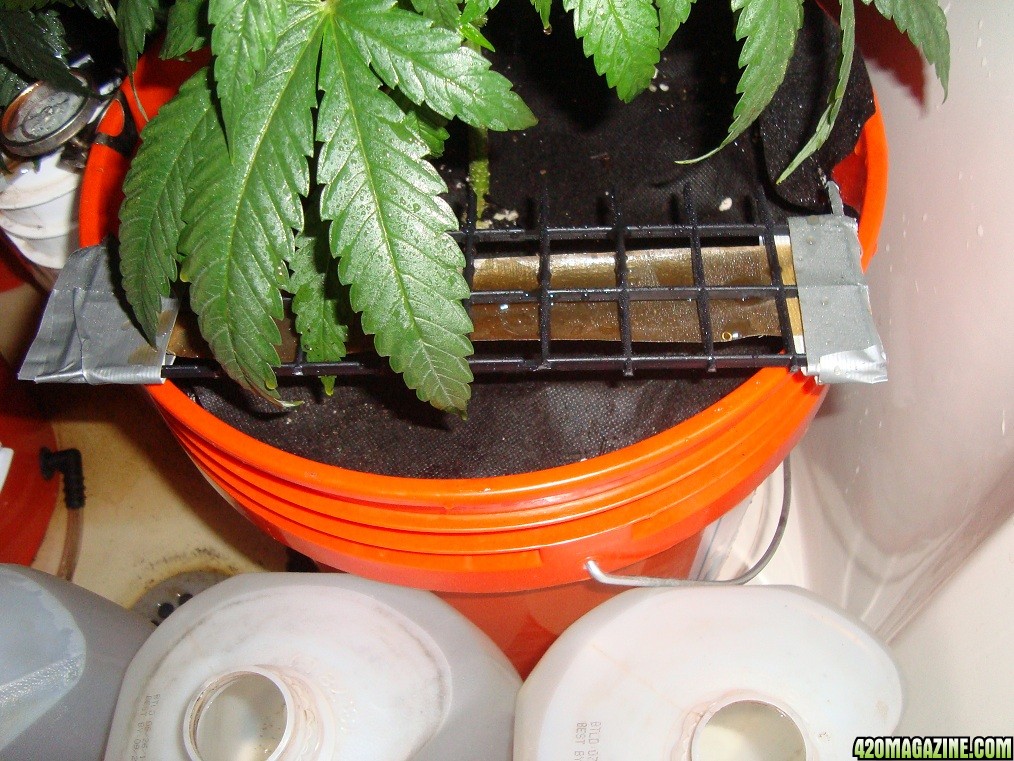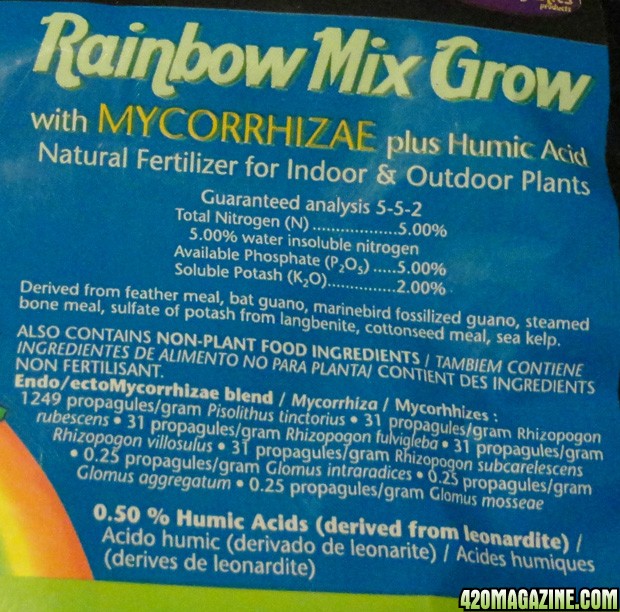Here's the soil test results, minus recommendations, for Vermisoil. Vermisoil is an organic potting soil put out by Vermicrop. It is an EXCELLENT soil and I have grown some fantastic plants in it.
But alas.....I'm not trying to grow fantastic looking plants...I'm trying to grow High Brix plants that reach their genetic potential. Vermisoil is unfit for High Brix. Too bad, because I've got quite a bit.
OK, so what's the problem with this soil? Plants grow well in it...what wrong?
Well, a few things.
Potassium is way too high. You can't grow High Brix plants if the potassium is too high. Just can't do it.
Sodium is dangerously high.
everything else is workable....but those two right there are deal breakers.
So, I'm trying ProMix HP. Peat, perlite, mycorhyzae, lime. I'll add humus, worm castings, composted chicken manure, and rock powders. I'll get it tested soon.
At least with a product that has nothing, we can build properly. So, we'll get there eventually. In the meantime, the plants are doing very well and enjoying their mineralized, but suboptimal soil just fine.
For those just tuning in:
In order to achieve high brix levels in plant tissues, a grower has got to enlist the help of microbes in the soil. If the microbes are healthy and the soil has the right stuff, the plants do extremely well.
In High Brix gardening, the soil is optimized for the microbes, not the plant. We don't look at NPK in the common way. First, we need calcium, then phosphorus. We need all the other stuff too, of course, but those two, Calcium and Phosphorus are the most important.
We are trying to create a soil that sustains the most lively colony of soil biology possible. Furthermore, we want to make sure the soil has the right mineral content, energy (soil has voltage) and trace elements in the ratios that the microbes prefer.
These happy microbes colonize the root zone and want only one thing: a bit of root exudate from the plant. Root exudate feeds the microbes and has a work order for them, who then go out and crack rocks, break down organic matter and so forth, and bring all the stuff the plants want back to the roots, in order to get another hit of root exudates.
So, we make a soil that the microbes love; a mineralized soil with the right environment, etc. Then, we foliar feed the plants with calcium and phosphorus (and other things from time to time) which increases mineral and sugar content in the leaves....which means more root exudates, more microbes, more food for the plants, etc.
The soil is the gas tank, the microbes are the engine, the foliar feeding is the supercharger.
None of it works without the soil life. That's where it's at.













 )...but no, it won't cross them. The grafted branch will just be a different strain than the rest of the plant.
)...but no, it won't cross them. The grafted branch will just be a different strain than the rest of the plant. 